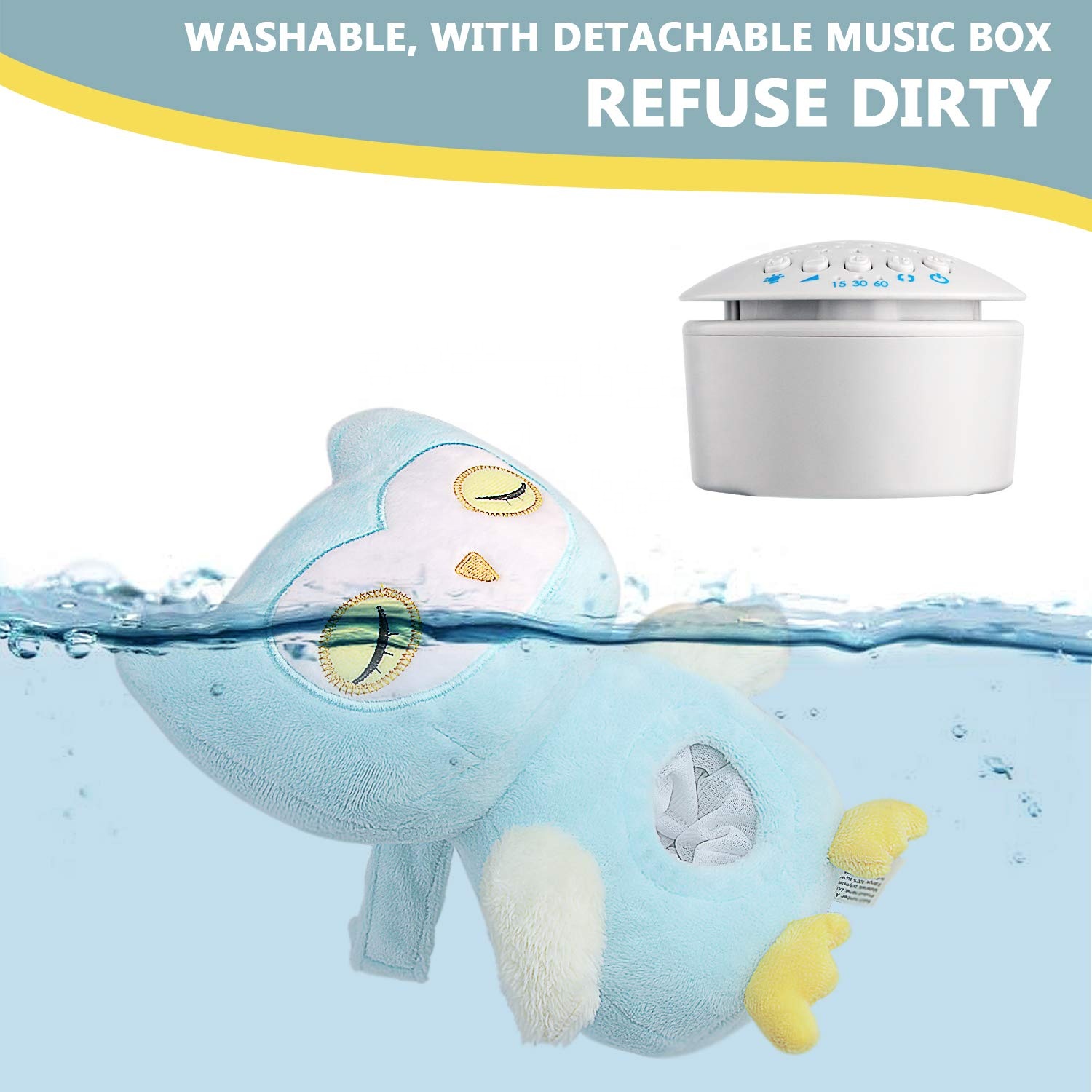Title: How Often Should You Wash the Duck Down Comforter?
The frequency of washing a duck down comforter can vary based on various factors such as usage, climate, and the type of fabric used. It is recommended to wash the comforter every 1-2 years, but it can be washed more frequently in hot or humid weather conditions. However, if you have pets or children in your home, it is recommended to wash the comforter more often to prevent pet hair and dirt from building up in the fabric. It is also important to use a mild detergent and avoid using high temperatures when washing the comforter to prevent damage to the fabric. Additionally, it is advisable to spot clean any stains or spills as soon as possible to prevent them from setting in and becoming difficult to remove. Overall, by following these guidelines, you can extend the life of your duck down comforter and keep it comfortable and clean for longer periods of time.
As winter approaches, many people start to cozy up in their comforters, especially ones made with duck down filling. These fluffy and luxurious blankets not only keep you warm but also provide exceptional comfort and softness. However, with frequent use, your duck down comforter is likely to accumulate dirt, dust, and allergens. To ensure its longevity and cleanliness, it's essential to know how often to wash it properly. In this article, we will discuss the best practices for washing a duck down comforter and answer the question of how often should you wash it.
Firstly, let's take a look at the care instructions provided by most manufacturers. Most duck down comforters come with a care label that recommends cleaning the blanket once every one or two seasons, depending on the amount of use and environmental conditions. For example, if you live in a particularly humid or dry area, you may need to wash your comforter more frequently to prevent damage from moisture buildup or static electricity. It's crucial to follow these instructions carefully to avoid damaging your comforter's fill power and overall lifespan.

However, if your comforter is heavily soiled or has accumulated pet hair, dust, or smoke odors, it may be necessary to wash it sooner than recommended. In such cases, it's always better to err on the side of caution and wash your comforter more frequently to maintain its quality and hygiene. Additionally, if you have allergies or respiratory issues, it's recommended to wash your comforter regularly to reduce allergen buildup and improve air quality.
Before washing your comforter, it's essential to check the care label for any specific washing instructions or warnings. Most manufacturers recommend using a gentle, cold water cycle with a mild detergent specifically designed for bedding materials. Avoid using hot water or high-heat cycles, as they can damage the feathers and fill material in your comforter. Similarly, it's crucial to avoid using bleach or other harsh chemicals that can strip the natural oils from the feathers and leave them vulnerable to damage.
To ensure maximum cleanliness and freshness, consider using a front loader washing machine when washing your comforter. Front loaders are generally faster and more efficient than top-loading machines, allowing you to complete the washing process quickly and without worrying about overloading the machine. When washing your comforter in a front loader, set the machine to a gentle cycle with cool water and add a small amount of mild detergent. Avoid adding too much soap or detergent, as this can leave residue on your comforter and attract dirt and debris over time.

Once your comforter has been washed, it's important to rinse it thoroughly to remove all traces of soap and detergent. Gently wring out the excess water using a clean towel or cloth until the blanket is almost dry. Then, lay it flat on a drying rack or hang it outside to dry completely. This step is crucial to prevent mold growth and mildew odors that can develop in damp or humid environments.
When drying your comfortable, be sure to choose a suitable environment that allows for proper air circulation and temperature control. Avoid drying your comforter near heat sources like radiators or stoves, as this can cause the feathers to become brittle and damaged. Instead, hang your comforter outside on a drying rack or clothesline away from direct sunlight. If possible, dry your comforter inside during colder weather to conserve energy and protect it from moisture buildup.
Once your comforter is fully dry, fluff it gently with your hands or a soft brush to restore its shape and texture. This step is especially important for down comforters, as they tend to lose their loft after washing and drying. Fluffing also helps distribute the feathers evenly throughout the blanket for even heating and improved durability.

In conclusion, washing your duck down comforter regularly is essential to maintaining its quality and extending its lifespan. Follow care instructions carefully and choose the right cleaning methods and products to prevent damage from moisture buildup, dust accumulation, and allergens. By following these tips, you can enjoy a clean, fresh, and comfortable sleeping experience throughout the year.
Articles related to the knowledge points of this article:
Canada Goose Hydroxyapatite Silver Ion Down Comforter: A Winters Sleep with a Difference
Title: The Copper Hill District Down Comforter Wholesale Market Address
Title: Reviving Your Down Comforter: A Guide to Refurbishing Your Old Quilt
Customizing down duvets: A Comprehensive Guide
Title: The Misconception of Fuzzy duvets Not Being Suitable for Sleeping in



